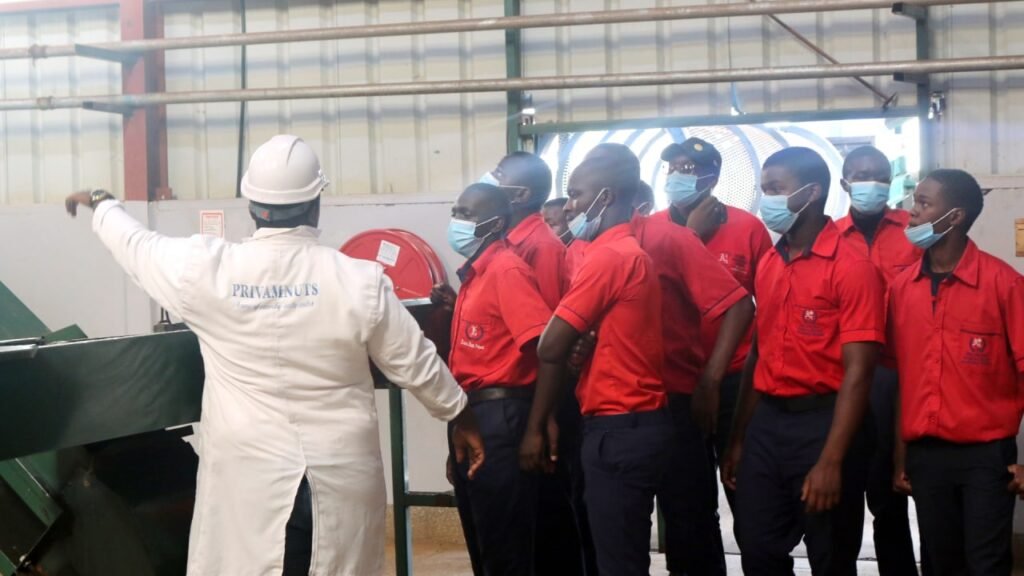What would the fashion industry look like if it truly functioned as an ecosystem? By realigning ourselves with what occurs in nature, we can design a next-generation textile production model that recognizes its connections to the biosphere. This report explores the material flows that underpin natural systems and shows that the first thing we must learn from nature is how to design for decomposition and dispersal. It also shows how the fashion industry, relying on advances in regenerative agriculture, cellulosic fibers, fermentation, and gasification, can work with existing technology and nature to jump-start the transition to bio-compatible fibers right now. Finally, it includes recommendations for stakeholders on next steps to take to transform the system


FEATURED BIOMIMICRY RESOURCE
What would the fashion industry look like if it truly functioned as an ecosystem? By realigning ourselves with what occurs in nature, we can design a next-generation textile production model that recognizes its connections to the biosphere. This report explores the material flows that underpin natural systems and shows that the first thing we must learn from nature is how to design for decomposition and dispersal. It also shows how the fashion industry, relying on advances in regenerative agriculture, cellulosic fibers, fermentation, and gasification, can work with existing technology and nature to jump-start the transition to bio-compatible fibers right now. Finally, it includes recommendations for stakeholders on next steps to take to transform the system
